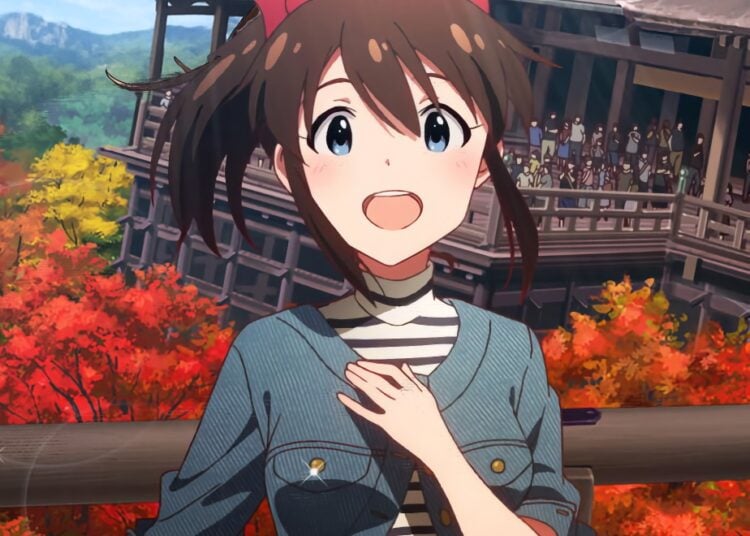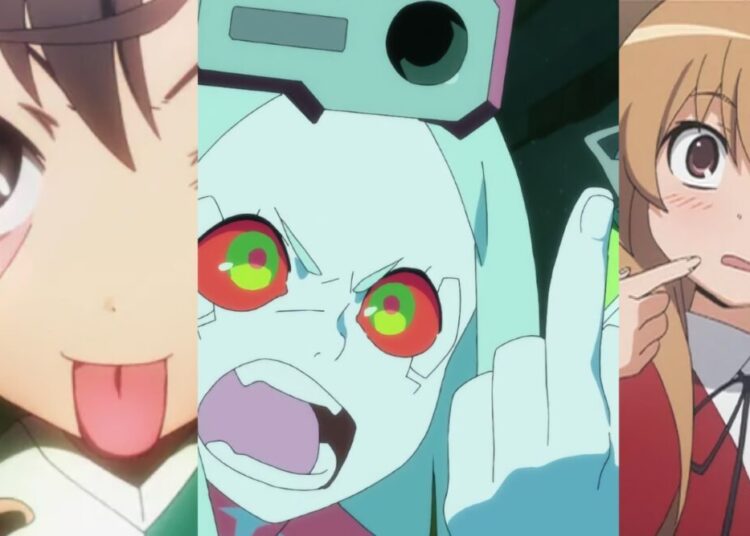Over the summer I had a lot of fun taking my son to Hakodate, the city on the southern tip of Hokkaido famous for its fresh fish and beautiful night view. I actually had an opportunity to visit the city much earlier, back when I was studying Japanese in university. It was an exchange program that the city was putting on to give a group of college students the chance to come to Hakodate for free, but to get into the program I had to pass an interview process. I’d studied Japanese for two years at that point, and thanks to learning with manga and translating Japanese songs I could speak the language pretty well, but that didn’t mean I’d internalized the values of the Japanese at all, and the interviewer could sense this, I think. During the interview I was asked to give a concrete example of steps I’d taken to get along with others in a group, but I couldn’t come up with any, as I was very “my pace” at the time, meaning I was selfish and did things as I pleased. Not being picked for the program was a bitter pill for me back then, but it introduced me to some key concepts that would help me later on, including hansei (to reflect on yourself and your own faults rather than blaming others, which was my first reaction) and kenson (the importance of showing humility in social situations).
Yes, the subject of Japanese groups is an incredibly complex one, and maintaining harmony inside a group is something the Japanese seem to be especially good at. I’ve observed many different kinds of groups, from elderly ladies studying English together to company employees to university “circles” (a club at a university is always called a “circle” by the way), and there always seemed to be a kind of “invisible hand” at work when members interacted with each other, keeping people from giving opinions that might offend others, speaking in the passive voice (“it has been decided”) rather than the active voice (“he decided it”), avoiding making a division if even one member of the group is inconvenienced by it, and so on. As I’ve observed before, social interactions in Japan seem guided like TCP/IP packets, which can take time for outsiders like us to understand.
If you want to learn a lot about Japan, check out Genshiken, a fascinating anime and manga that’s essentially a slice-of-life story about the “Modern Visual Arts Club” at a university. When you can understand Genshiken, you can understand Japan.

The dynamics of maintaining harmony within a group can be very complex.















